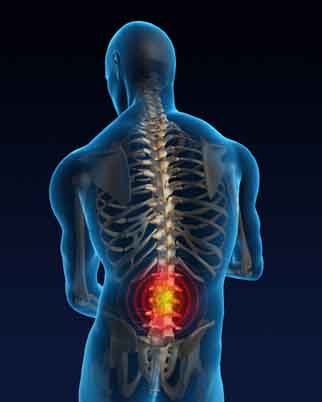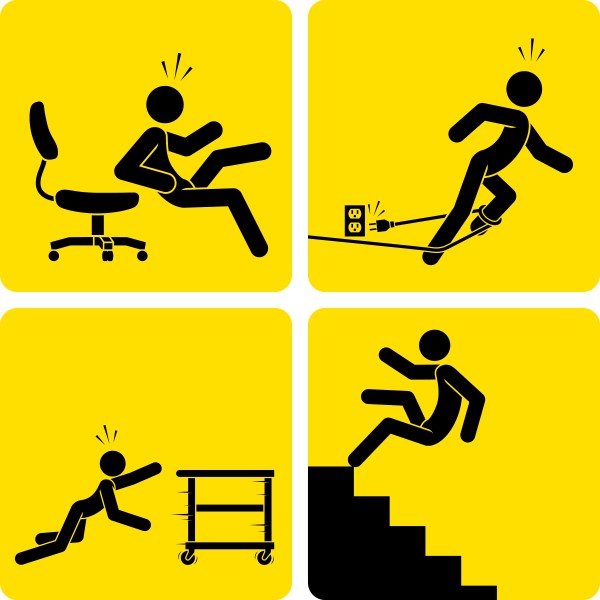How a Biomechanical Engineer Can Help Your Case
A biomechanical analysis can be extremely useful in personal injury cases that are usually investigated by a mechanical engineer. There is often a gap in understanding between what a mechanical engineer may find and what a treating physician may diagnose. A qualified mechanical engineer is versed in accident reconstruction and can determine exactly how an accident occurred and what factors may have caused it. However, most mechanical engineers are not trained in injury analysis and may not be familiar with what forces or mechanisms are needed to produce specific injuries. Physicians are trained to identify and treat injuries, not all physicians are familiar with the biomechanics of injuries and even less are trained in engineering principles. For instance, a physician would know if a falling beam struck an individual on the head it's a mechanism for a concussion, but they would not be aware of the impact force or acceleration that is required to produce a concussion. Furthermore, most information that physicians receive regarding accidents come directly from patients and not from an independent analysis of unbiased data. A biomechanical engineer is able to bridge this gap and determine if the reported injuries that are diagnosed by a physician are consistent with the findings of the mechanical engineer.
For example, an individual reportedly slips and falls in a bath tub, resulting in a fractured tibia (lower leg bone). A mechanical engineer can inspect the site, perform testing with a tribometer and determine if the incident was the result of a slippery bath tub surface or some other condition. A physician can examine the individual and determine what injuries they sustained. A biomechanical engineer can then be consulted to match the injuries with the characteristics of the fall to determine if the individual fell in such a way that a mechanism existed to load the leg in a manner consistent with the injury, and if there was enough force created by the fall to break the tibia. The results of the biomechanical analysis can then be compared to witness statements and evidence gathered and evaluated by the mechanical engineer to determine how the individual would have fallen in order to produce the mechanism and forces required for a spiral fracture of the tibia.
A review of relevant medical records can also provide important insight into an alleged incident. Past injuries can indicate whether an individual is more prone to specific injuries or if a reported injury may in fact be the result of a prior, unrelated incident. This can be a common occurrence with soft tissue injuries to the shoulder and knee.
Biomechanical engineers can also evaluate personal injury cases to determine the mechanisms and forces needed to produce reported injuries. A biomechanical evaluation can connect the findings of a mechanical engineer with those of a treating physician to help determine exactly how an accident may have occurred.






